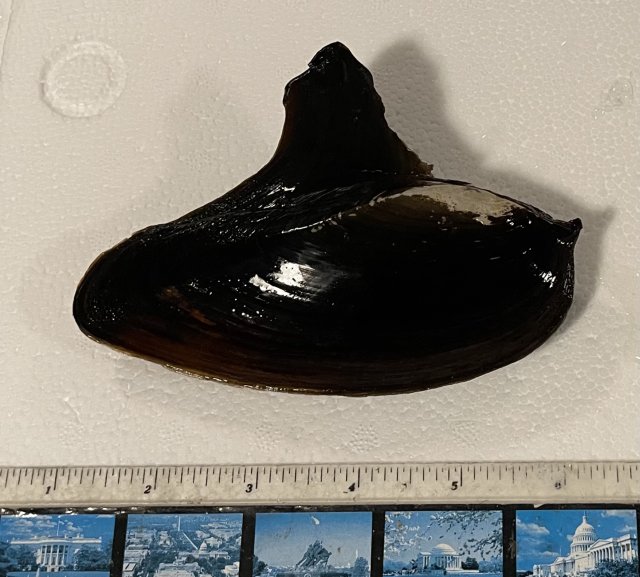It is very difficult to be certain of the mussels you have, not knowing anything about where they come from.
From your first post showing two Asian species, it seems that you have an Hyriopsis sp. (or species in a similar genus), family Hyriidae, and a different (possibly also Asian) species of the family Unionidae.
In the group of images in the second post, several species of various genera (and families) are shown, including various freshwater mussels, as well as a non-mussel: The Asian Clam, Corbicula fluminea, introduced widely throughout the world, including being widespread in North America.
It is important to realize that most freshwater mussels (all familes from all continents) are among the most endangered invertebrates on Earth for a lot of reasons: themselves (their life history depends on very specific and difficult to provide items), their habitats (destroyed or altered), the fish hosts they require (themselves often endangered), etc. They should be discouraged as pets in home aquaria, even if if appears that 'they are doing well' in one's tank.
In addition, they are difficult to keep healthy in aquaria, mainly due to the fact that the food they require (mainly phytoplankton and mixtures of un-attached single-cell algae, and other particles in the water) is very hard to provide in aquaria.
Most species also live for a long time, and can last for months of longer in poor conditions. The result is that keepers feel their mussels 'are thriving' (interpreted from the fact they are still alive), when in reality they have been very slowly dying since day one, and will take months or longer to die.
All FW mussels of the families Hyriidae, Unionidae, Mycetopodidae, and Margaritiferidae require hosts for their parasitic larvae and that is how they reproduce and colonize new habitats. Most use fish and a few amphibians, and many are specific to single host or very few host species. Asian clams (Corbiculidae) are not mussels but clams and do not have a parasitic stage; instead they spawn into the water and free swimming larvae eventually develop into little clams.
Do you now where your FW mussels came from? My bet is Asian species.
For North American FW mussel species, keeping or holding them is restricted for all species in al states. That is not the case with Corbicula spp. (3 species), which are not mussels, are not native, are are invasive in NAmerica and much of the world.
One last bit: NAmerica happens to be the world's most biodiverse region for FW mussels! (even though endemic species occur in all continents), and nearly all of those species are endangered or at risk. It is the single animal group with the most recent known extinctions in NAmerica.















